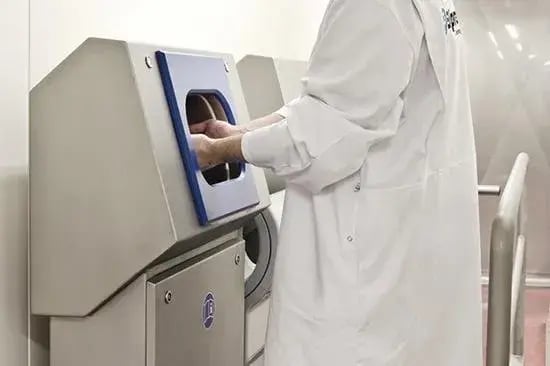HACCP Increases food safety

Food safety, perhaps it is the number one quality criterion for the food industry. To control food safety within the food industry, HACCP is an essential tool. HACCP manages food safety in a structured and systematic system of identifying and controlling food safety risks. But what is food safety exactly, and how does HACCP help to increase food safety within the food industry?
What is covered by food safety?
Put simply, food safety means that food, when consumed as intended, will not adversely affect the consumer’s health and do not lead to illness or injury.
Food safety does not consider dietary- or religious matters or lifestyle choices. So, it does not include risks such as a high-fat diet, specific religious dietary requirements, or vegan requirements.
But what does food safety include? It does consider food safety hazards, such as allergens, chemical, physical and microbiological contaminants in food. We will explain each hazard.
1. Allergens
Allergens are proteins associated with specific foods that trigger an immune reaction in susceptible individuals. Modern food laws define what allergens need to be declared on the packaging and can include nuts, seafood, grains, eggs, and other specific antigens. Allergens may be considered a chemical hazard in some methodologies.
2. Chemicals
Hazardous chemicals in food include pesticides, cleaning chemicals, agricultural chemicals, and heavy metals.
3. Physical
Physical food safety hazards include materials such as glass, metal, bone, plastic, or parts of plants.
4. Microbiological
Microbiological hazards include pathogenic bacteria, molds, and viruses. These are most commonly associated with ‘food poisoning’ and are a major hazard with many processed foods.
How does HACCP support food safety?
The HACCP methodology centers around a risk assessment of operational steps in terms of food safety hazards. The overall objective of HACCP is to manage food safety risks to acceptable levels and can be applied right through the food chain from farm to processing and foodservice.
At every step of a process, there is some type of food safety hazard present. The HACCP checks food safety on, for example, the following points:
-
Cross contamination
Where chemical, physical, and microbiological contaminants are introduced to food from contaminated sources.
Temperature control
Where incorrect storage temperatures can result in increased growth of microorganisms.
-
Sanitation
Where microorganisms are introduced to the product stream from equipment or the facility itself.
-
Packaging
Where incorrect sealing can allow contaminants to enter the food after processing. -
Process temperatures and times
Where incorrect combinations can be insufficient to disable dangerous microorganisms which may be present in the raw food.
By carrying out these checks on food safety, HACCP increases food safety overall.
More information about HACCP?
Do you want more information about HACCP? Download the white paper ‘Setting up a food-safe hygiene process’ in which you can find useful information about HACCP, ISO 22000 and its application in practice.
.webp)





